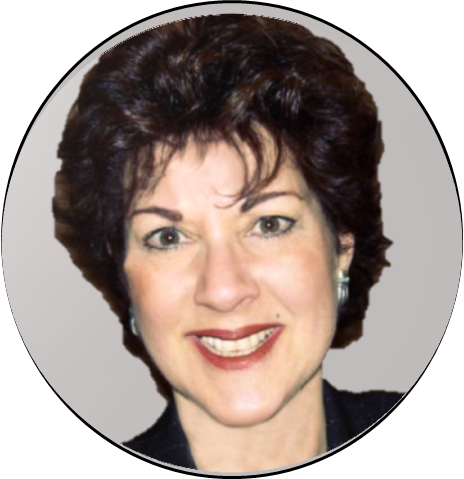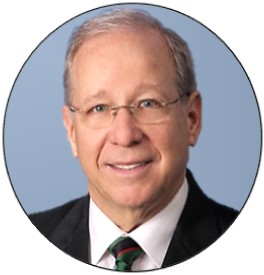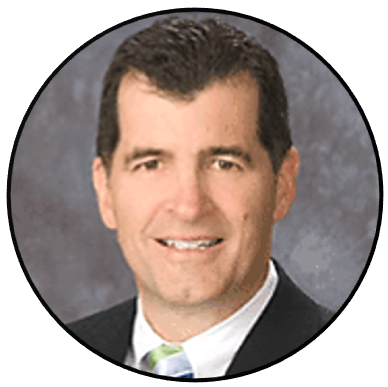When Can People Really Retire These Days?
Of course, financial planners understand that there is a better way to quantify just how much a person or a couple will need in order to retire comfortably and not run out of money. There are really two ways I like to look at a person’s retirement situation. I like to see when they will run out of money using all of the static assumptions entered and then I like to run monte carlo analysis to view the probability that they can fund all of their spending goals.
Let’s start with a relatively young couple that is 40 years old and plans on retiring when they are 65. I took a look at their situation using the WealthTrace Retirement Planner. I started with these assumptions: They currently have $200,000 in investments and contribute $7,000 a year to savings. Half of their investments are in an IRA and the rest in taxable accounts. They are 75% in equities and 25% in fixed income. Equities return 6% per year and fixed income returns 2% per year. Inflation is 3% and their expenses in retirement will be $40,000 per year. They will receive a total of $30,000 (in today’s dollars) in social security payments per year starting at age 67. All of their investments are in tax-deferred accounts and they assume they will both live to be 100 years old. Note that all of these numbers are in today’s dollars. Here are the static results I found:
|
Investment Value At Retirement (In Today's Dollars) |
$656,000 |
|
Age When Funds Run Out |
107 |
|
Investment Value At Age 100 (In Today’s Dollars) |
$39,856 |
With the assumptions we used, this couple is projected to run out of money when they are 107 years old. By age 100 when their plan ends they will have a small amount of funds left, about $40,000, in their investment accounts. So in this scenario the answer seems to be that a typical 40 year old couple will need $656,000 (in today’s dollars) to retire fairly comfortably.
What about the probability that they will be able to meet all of their spending goals from today through age 100? I ran 1,000 simulations in monte carlo analysis, which applies the 10 year historical deviations and correlations to every investment this couple owns. I found that they have a 72% chance of never running out of money.
Given how little is left in their investment accounts when this couple hits age 100, it is natural to ask how their funds last until age 107. The answer is social security. Their social security payments will cover over half of their expenses in retirement and this could be a major problem for people that are in this age bracket.
We all know by now that the social security trust fund won’t last too much longer using today’s rules and laws. In fact, it is projected to not be able to make full payments starting in 2033. It is estimated that social security payments would have to be cut by 25% across the board starting in 2033 in order for the fund to maintain itself.
So what happens if social security is reduced for this couple? Let’s take a look at some scenarios:
|
Reduction In Social Security |
Age When Funds Run Out |
Probability Of Never Running |
|
0% |
107 |
72% |
|
-10% |
100 |
45% |
|
-15% |
96 |
32% |
|
-20% |
92 |
25% |
|
-25% |
91 |
20% |
Social security being reduced would be a serious problem for this couple. In the more dire projection of social security being cut by 25%, they would run out of money at age 91 instead of age 107, which we calculated in the base case. It would also mean that they only have a 20% chance of funding all of their goals.
If social security is indeed slashed by 25%, how much money would this couple need at retirement in order for their funds to last until age 100? After running a few iterations I found the answer to be $915,000. This is nearly $260,000 more than we thought they needed before we reduced social security.
Tough to predict variables such as the state of social security, inflation, and stock market returns make it difficult to figure out just how much people might need when they retire; hence the wildly volatile projections from different sources.
Before thinking about strategies on how to extend your money in retirement and retire comfortably, all of us need to think about the potential issues out there that might trip us up in our projections. The world has changed and there are more things to take into account when planning for retirement. It is important to run multiple scenarios to see how a couple’s plan might change given changes in variables such as social security, medical costs, inflation, and many others. It also helps to be able to give clients a probability that they can retire when they want without running out of money.

















